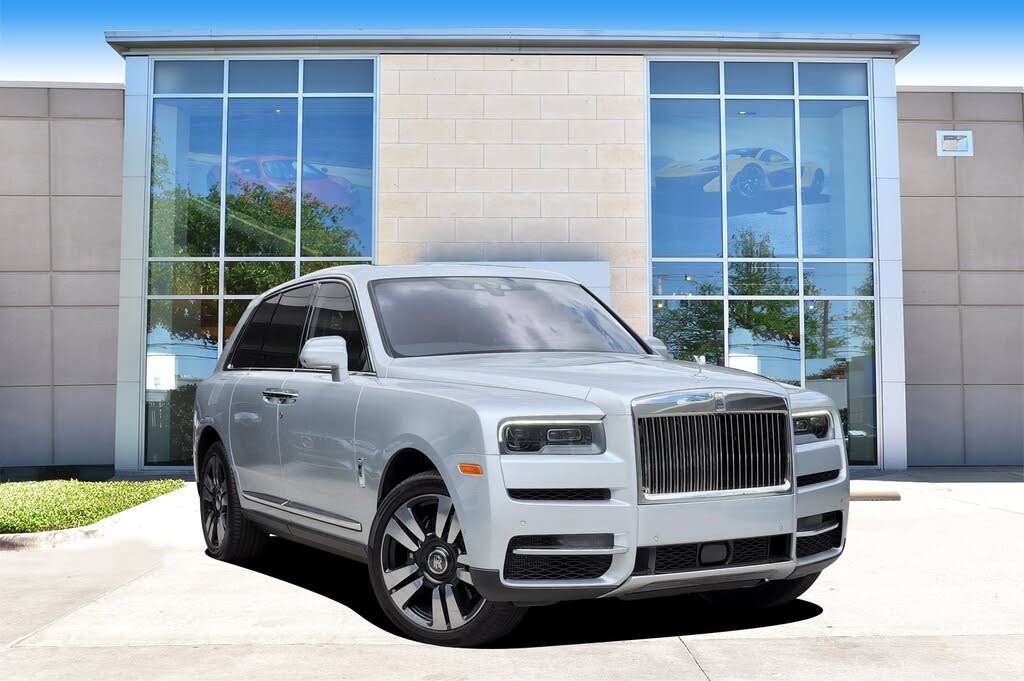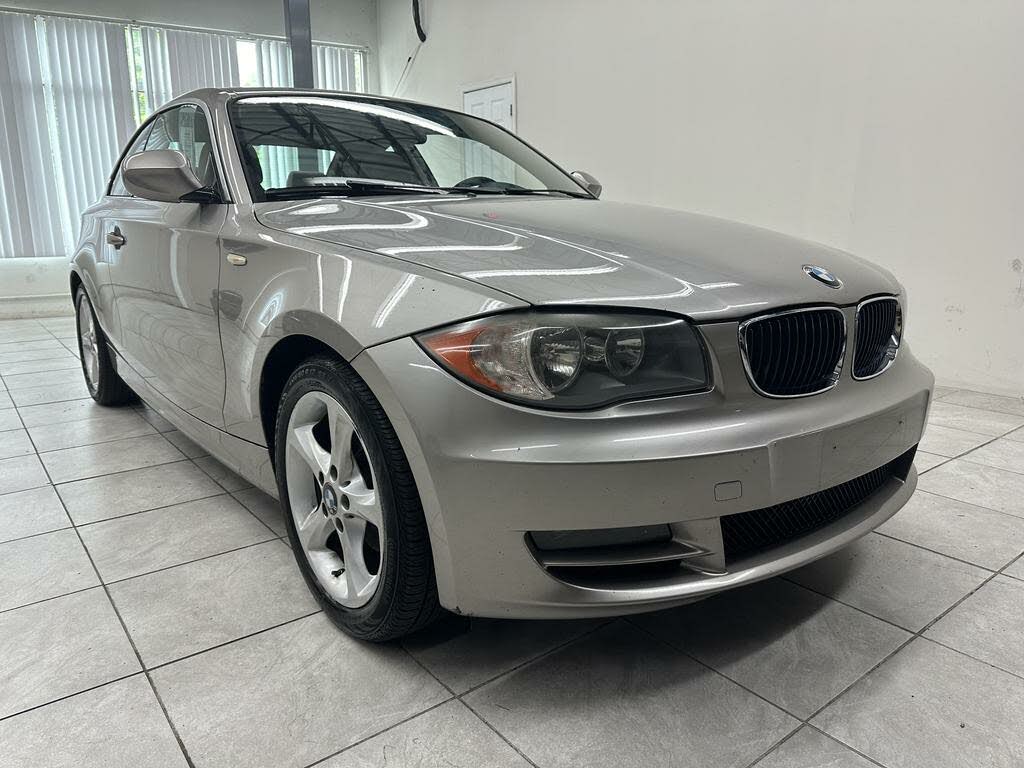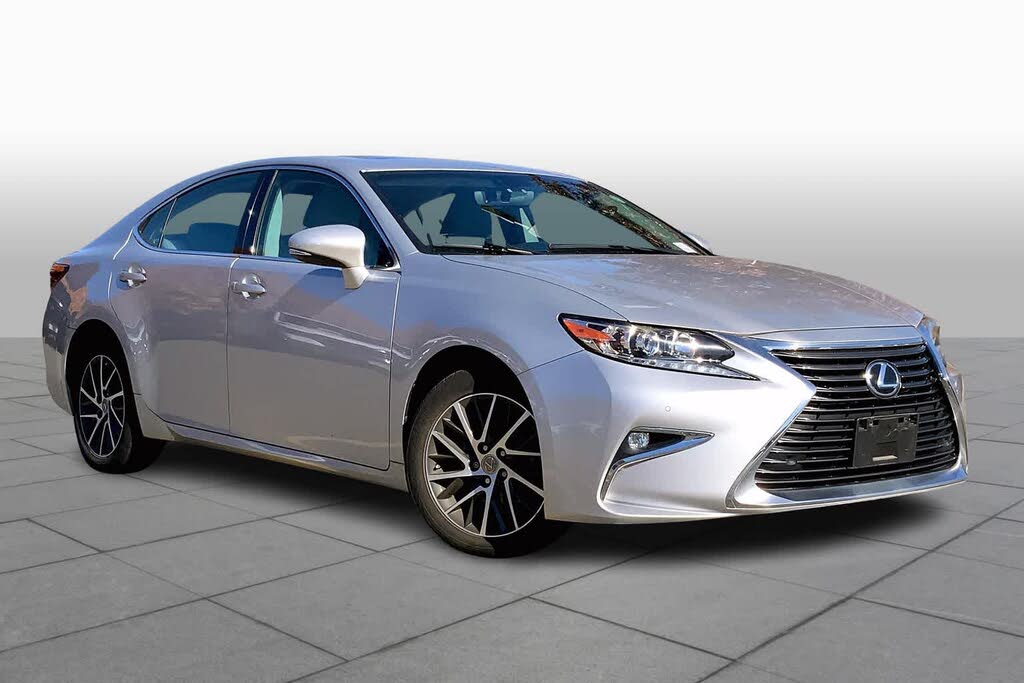Home > News & Blogs > Oil Change Basics: Everything You Should Know About Changing Your Car’s Oil
Oil Change Basics: Everything You Should Know About Changing Your Car’s Oil
Comprehensive Guide to Oil Changes
Everything you need to know about keeping your car's engine healthy with the right oil and timely maintenance.
Why Oil Changes Are Essential
Oil is the lifeblood of your car’s engine, ensuring all its moving parts are properly lubricated to prevent wear and tear. Regular oil changes not only extend your engine's lifespan but also maintain fuel efficiency and overall performance.
--TOP ADVERTISEMENT HERE--
When Should You Change Your Oil?
The frequency of oil changes depends on your car’s make, model, and driving conditions. Manufacturers typically recommend oil changes every 5,000 to 7,500 miles. For high-performance engines, this interval might be shorter, sometimes as frequent as every 3,000 miles. On the other hand, modern engines can sometimes stretch intervals up to 10,000 miles or more.
Most newer vehicles come equipped with oil life monitoring systems. These systems either measure the oil's quality directly or estimate the need for a change based on driving habits and time since the last service. If your car doesn’t have this feature, refer to your owner’s manual for specific guidelines.
For infrequent drivers, an annual oil change is a safe bet, as oil degrades over time even if the car isn't driven much.
--FIRST CONTENT ADVERTISEMENT HERE--
Driving Conditions and Oil Change Intervals
Automakers often suggest two maintenance schedules: “severe” and “standard.” If you frequently drive in stop-and-go traffic, tow heavy loads, or operate in extreme temperatures, follow the severe schedule. For those driving primarily at highway speeds, the standard interval usually suffices.
Not sure which schedule applies? Your owner’s manual provides a detailed breakdown. Digital copies are often available on automaker websites.
What Kind of Oil Should You Use?
The right oil for your car depends on its engine design, age, and driving conditions. Oil specifications, such as viscosity, are outlined in the owner’s manual. Viscosity ratings like 5W-30 indicate the oil’s flow properties in various temperatures. The first number reflects cold-weather performance, while the second represents viscosity at normal operating temperatures.
--SECOND CONTENT ADVERTISEMENT HERE--
- Conventional Oil: Ideal for basic engines and moderate driving conditions.
- Synthetic Oil: Offers superior lubrication and is suited for high-performance or towing applications.
- Synthetic Blend: A mix of synthetic and conventional oils, providing balanced performance and cost-effectiveness.
- High-Mileage Oil: Designed to reduce leaks and improve performance in engines with over 75,000 miles.
--FORTH CAR LIST HERE--
Where Should You Get Your Oil Changed?
There are several options for oil changes, each with its pros and cons:
- Dealerships: Convenient for new car owners, dealerships often include oil changes in service packages.
- Independent Mechanics: Affordable and flexible, they may even let you supply your own oil.
- Quick-Lube Shops: Fast and efficient, these are great for routine maintenance without additional repairs.
- DIY: Changing your oil at home can save money, but it requires tools like a drain pan, filter wrench, funnel, and possibly an electronic reset tool.
--THIRD CONTENT ADVERTISEMENT HERE--
How to Change Your Oil Yourself
If you’re a hands-on car owner, changing your oil can be a rewarding task. Here’s a quick overview:
- Gather tools: drain pan, oil filter wrench, funnel, and shop towels.
- Warm up the engine slightly to improve oil flow.
- Drain the old oil by removing the drain plug.
- Replace the oil filter.
- Add the recommended oil and check levels with the dipstick.
- Dispose of used oil responsibly at a recycling center.
FAQs About Oil Changes
When should I change my oil?
Follow manufacturer guidelines, typically every 5,000 to 7,500 miles. For infrequent drivers, aim for an annual oil change.
Where should I get my oil changed?
Options include dealerships, independent mechanics, quick-lube shops, or doing it yourself if you’re comfortable.
--BOTTOM ADVERTISEMENT HERE--
What kind of oil should I use?
Refer to your owner’s manual for the recommended viscosity and type of oil. Options include conventional, synthetic, synthetic blend, and high-mileage oils.
What happens if I delay an oil change?
Delaying oil changes can lead to sludge buildup, reduced engine performance, and costly repairs.
Quick Tips
- Check your oil level monthly to ensure proper lubrication.
- Always dispose of used oil responsibly to protect the environment.
- Keep a log of your oil changes for easy maintenance tracking.

motorverolumeh
Last Updated On Feb, 08-2025

















